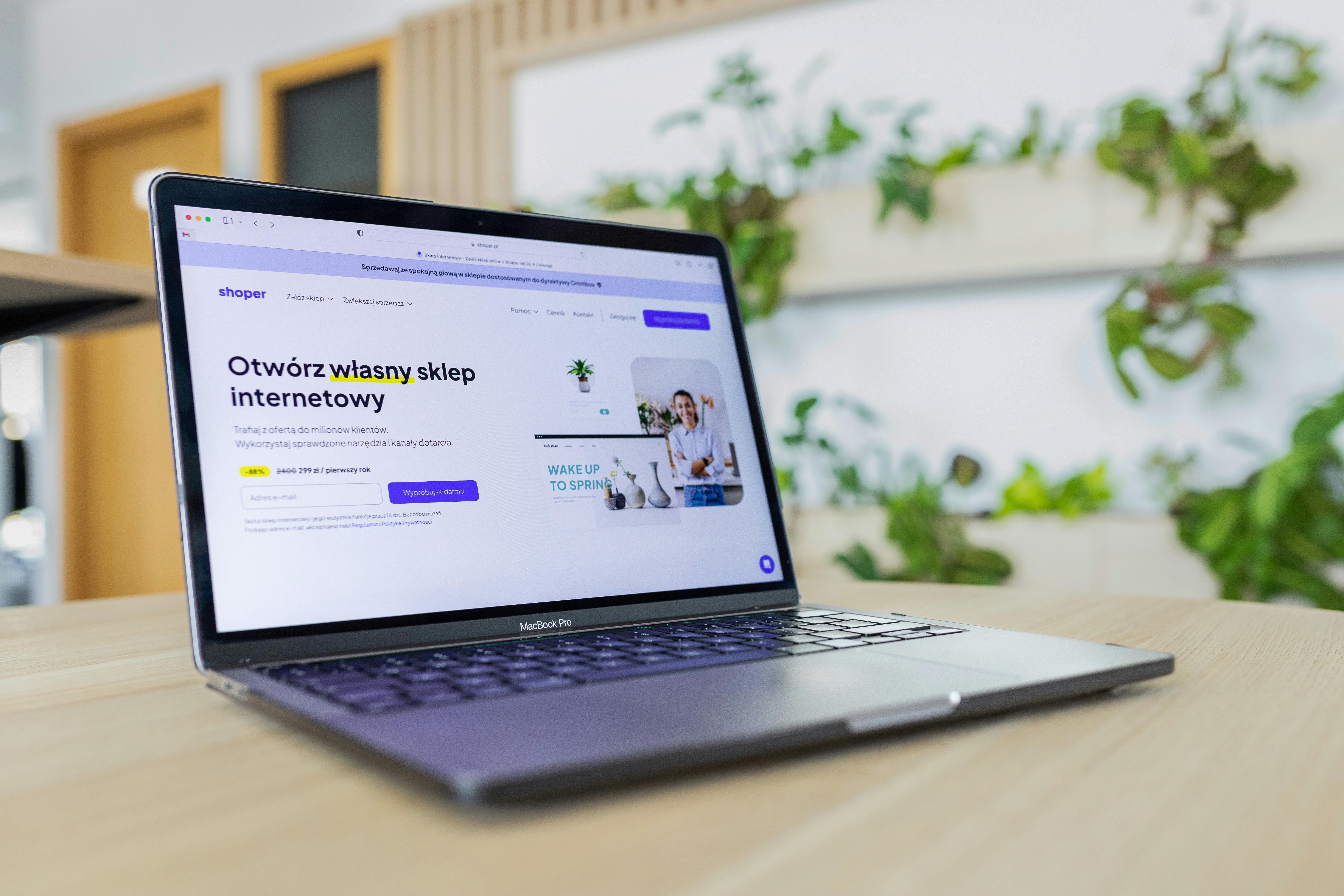In the world of modern SEO, speed is no longer optional; it’s a must. A fast-loading website not only improves user experience, but also directly impacts how Google ranks your pages. In Webflow, performance optimization is built into the platform, but fine-tuning certain elements can take your SEO results to the next level.

Google uses page load time as a ranking factor because it reflects the overall quality of a site. Slow pages frustrate visitors, increase bounce rates, and reduce engagement.
According to Google research:
Webflow lets you automatically minify your code. In Site Settings → Publishing → Advanced Options, enable:
This reduces file size and improves load times without changing the look of your site.
Lazy loading ensures that only images visible in the viewport are loaded first. The rest are loaded as the user scrolls down.
Webflow now includes native lazy loading, which you can enable directly in the image settings.
This small tweak can reduce your page’s initial weight by up to 40%, improving both performance and SEO metrics.
Use tools like:
These tools help you identify bottlenecks, track progress, and maintain optimal page performance over time.
Reducing page load times in Webflow isn’t a one-time fix it’s an ongoing optimization process. By compressing images, minifying scripts, and using Webflow’s built-in tools, you’ll not only improve the user experience, but you’ll also improve your SEO rankings. A fast site is a strong site for both your audience and search engines.